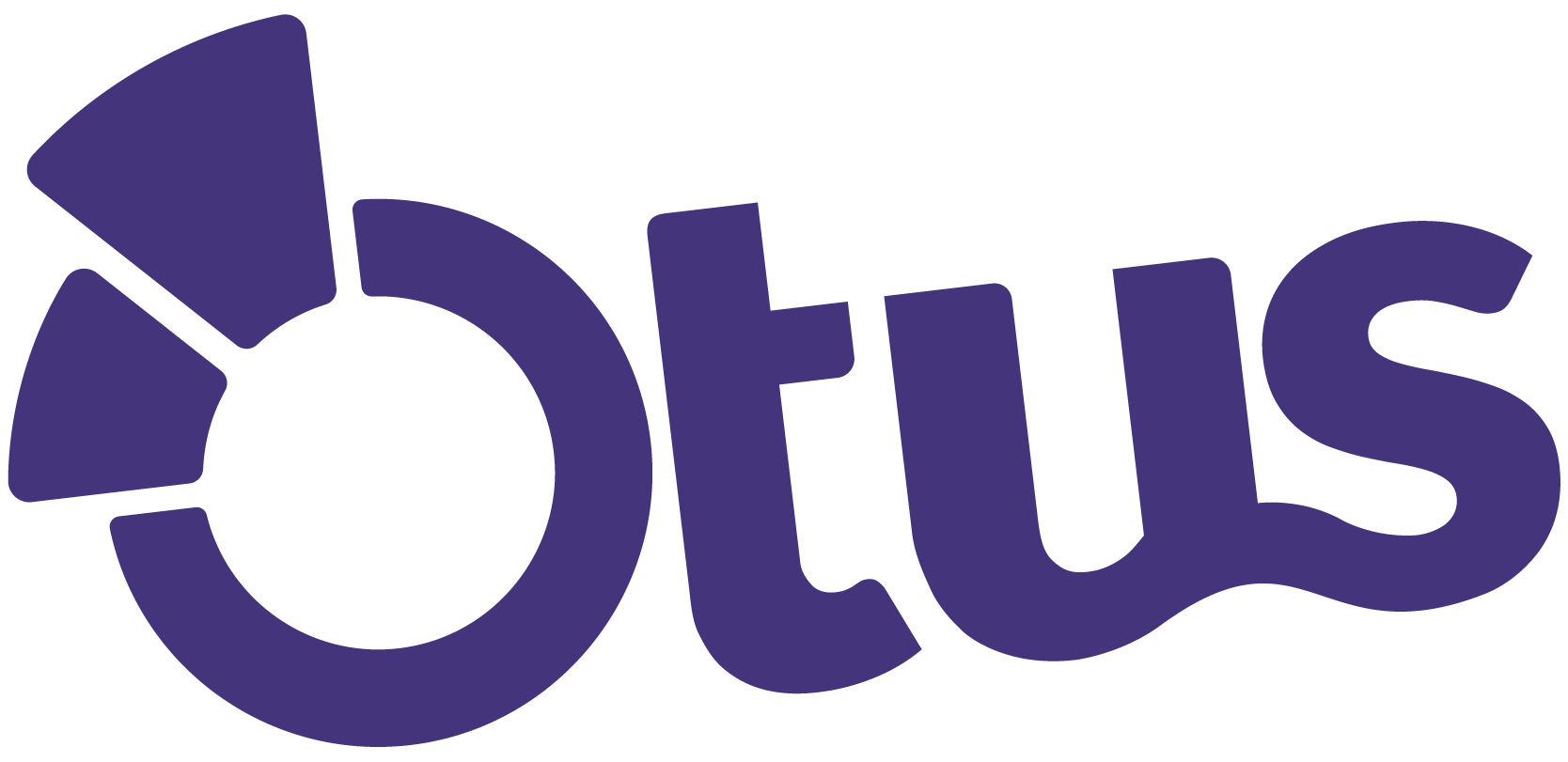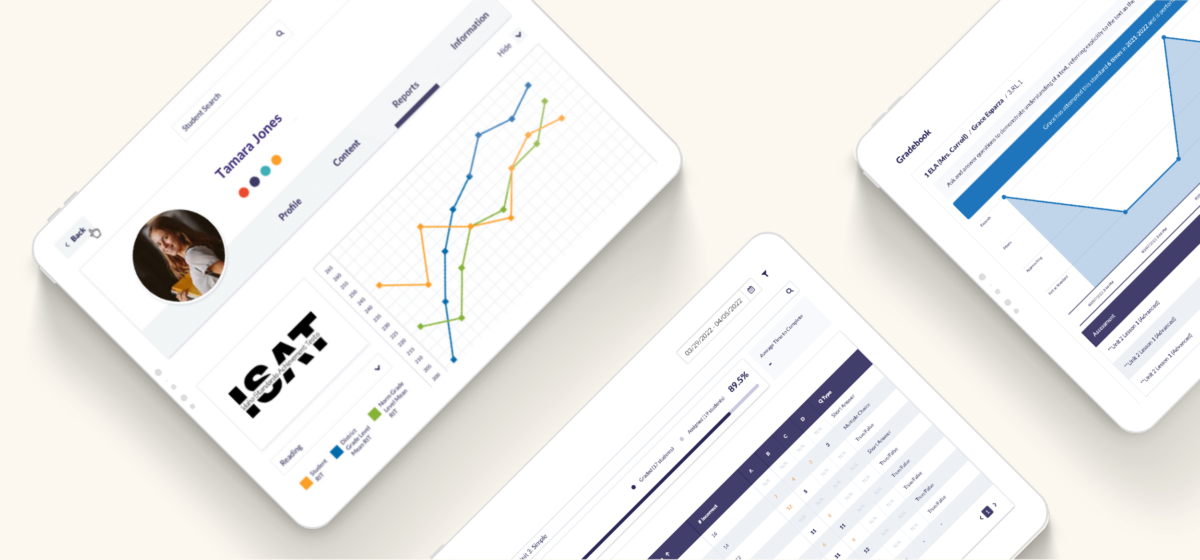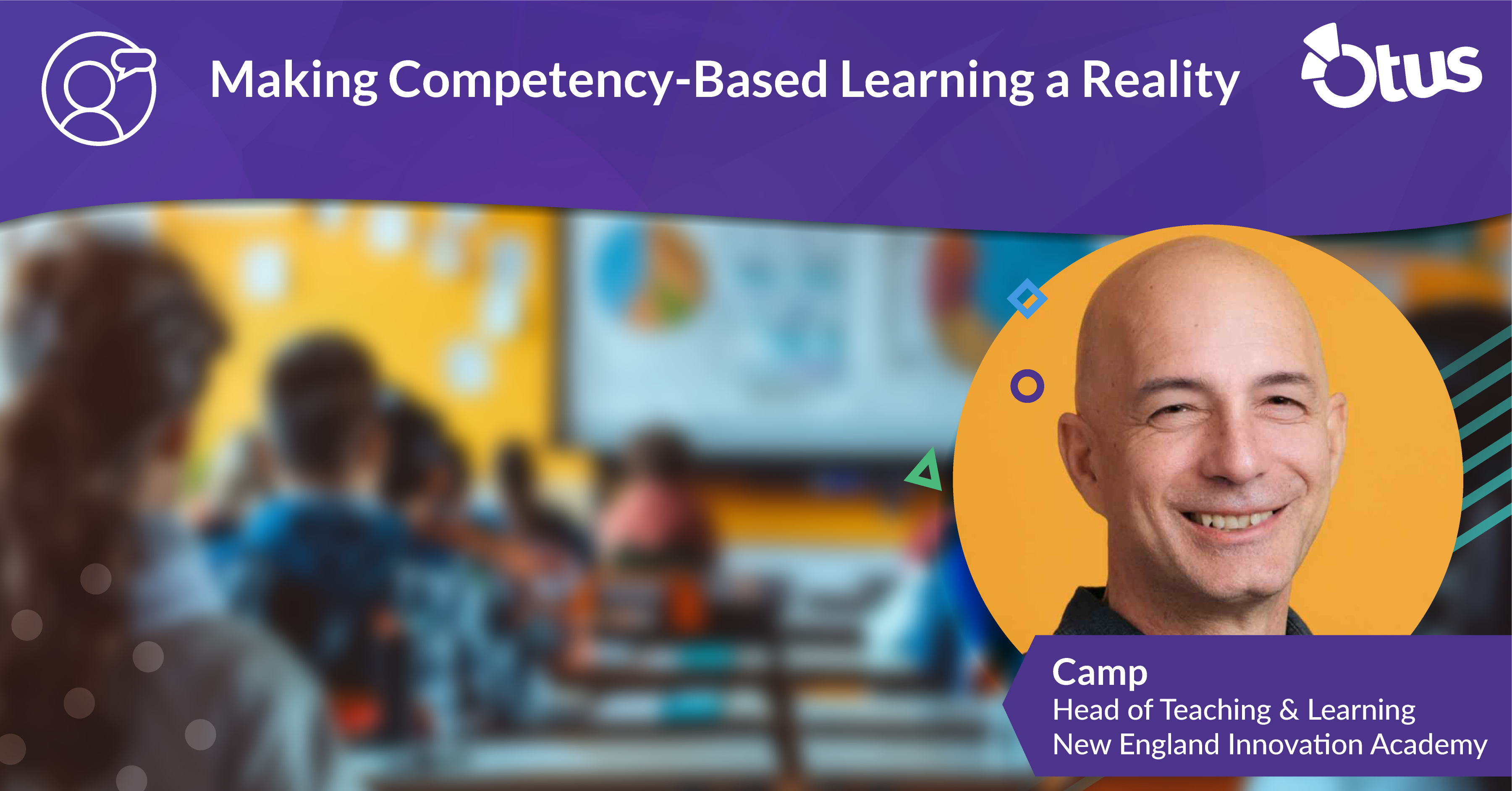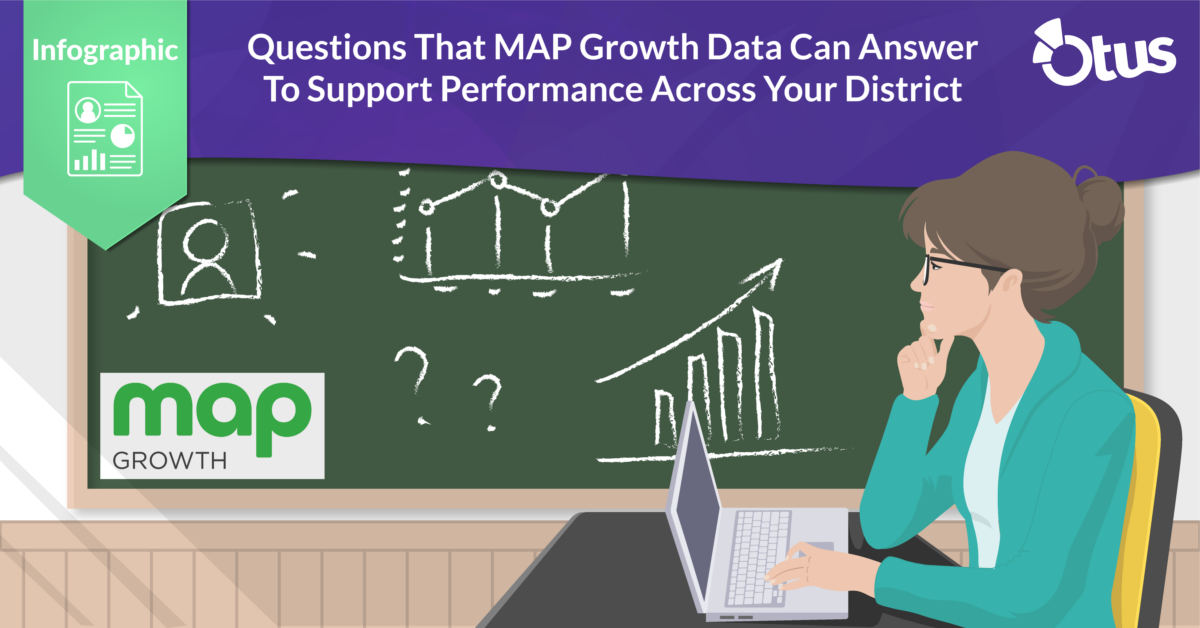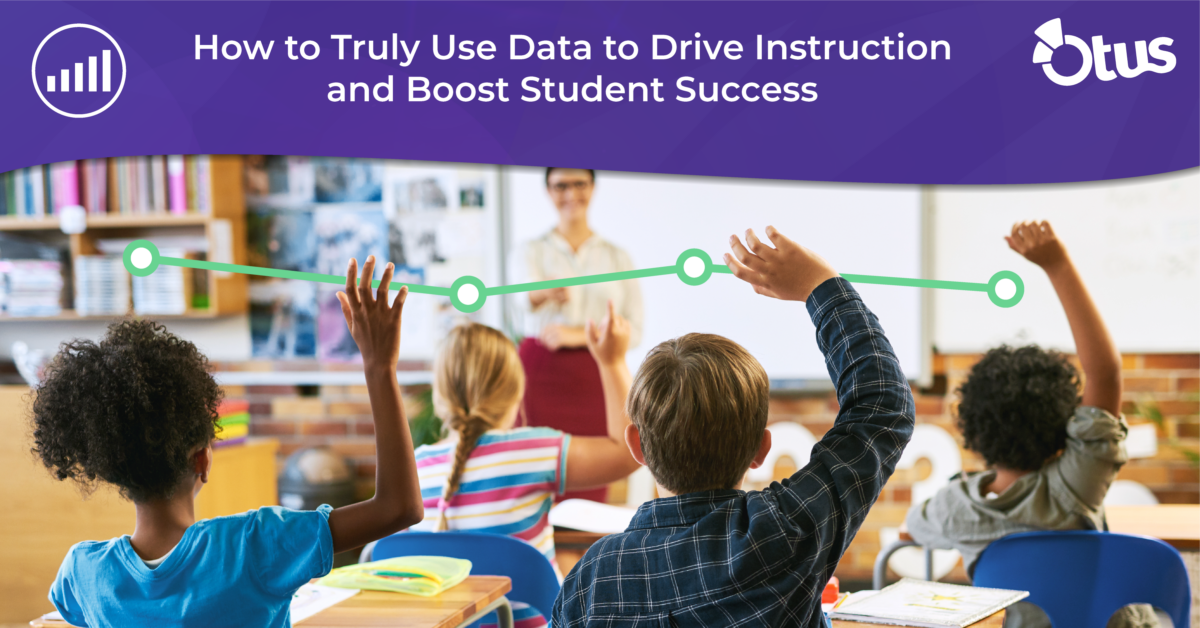State assessments can produce meaningful data on student performance that drives your decisions in the classroom, but what good is the data if you don’t know how to use it effectively? Or worse yet, what if you don’t know how to use it at all?
In my first year as a public school teacher, I received the results of the Illinois Standards Achievement Test (ISAT) that was administered to students the previous year. I thumbed through the results and one thing was clear: I had no idea what to do with the information.
- The students who took this test were long gone. How was data on last year’s students supposed to inform the instruction of my current class?
- The data was six months old. Was I to rethink our curriculum in the middle of a new school year to address the needs revealed by the data?
- The information was disjointed and confusing. How was I going to find the time to organize this information and make it more meaningful?
Twenty years later, many of the issues I experienced as a new teacher remain. But they don’t have to for you.
Below are three ways that educators can avoid the stumbling blocks I experienced in my first year of teaching and take action with state assessment results:
1. Timely Delivery to Educators
As soon as a school system receives the results from the state test provider, they should be provided to educators. The sooner this raw data is evaluated and put into action, the more effective it will be in driving your instruction.
2. Put the Data in Context
We all know that students are more than a state test score. Educators should view state assessment data alongside student growth data points such as student performance on formative assessments, learning artifacts related to performance tasks, strengths and interests, behaviors, and more.
3. Bring the Data to Life
While state test results often come in the form of very cold and complicated spreadsheets, it’s worthwhile to transform this data into visualizations that can be used to group students, analyze trends over time and determine the next steps.
Data-driven instruction is crucial in today’s education landscape. With Otus, educators are empowered to inform and make real-time adjustments to their curriculum using information gleaned from state testing results and everyday data points gathered on students. What are some ways that your school community is to make the most of state testing data? Let Otus do the heavy lifting and help you take action with your data.
